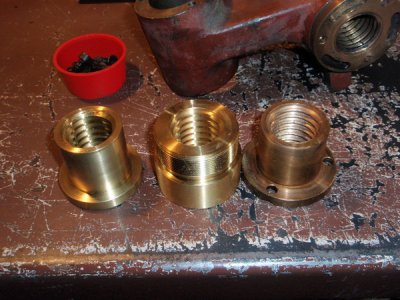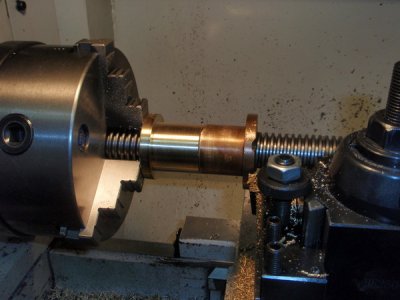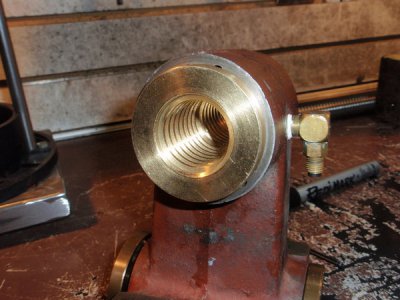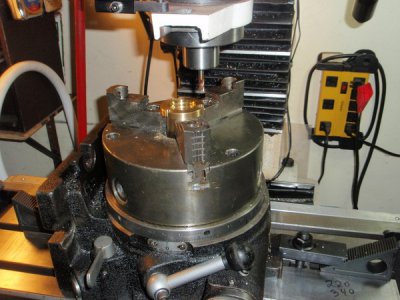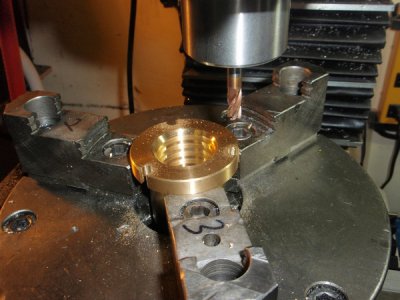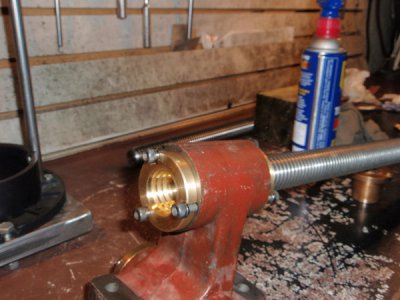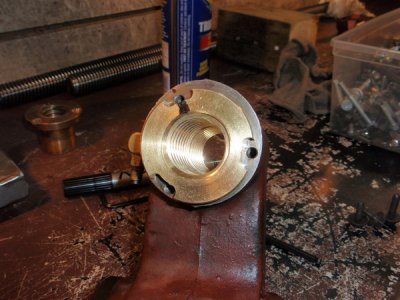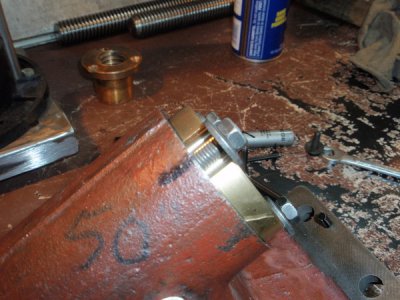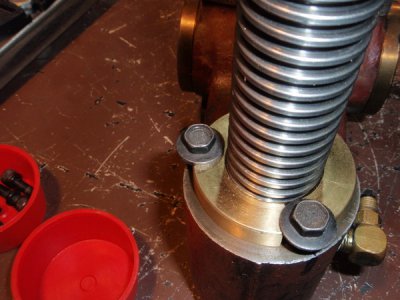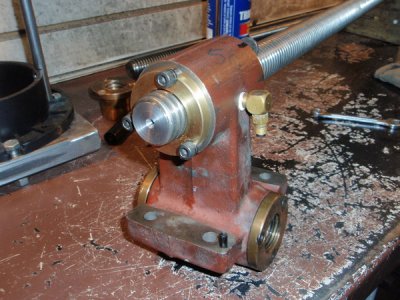- Joined
- Jul 9, 2014
- Messages
- 613
Come on spill the beans what grade steel how big a duameter is it , what's desired the end size .

Did you turn the internal thread on that lathe with it bolted to a back plate ?
If so roughly how far did you have to have it stand off the back plate ?
I ask because as I was bar boring a parallel 3 x3 x 8 inch block of aluminium freehand that was bolted to and spaced/ stood off the face plate .... suddenly an expensive sounding " clang " & I'd got one dead indexed tip tool .
I turned a bit too deep and caught the headstock shaft even though I thought I'd allowed for the clearance . (It looks I'll have to make my carriage stop a lot sooner than I'd planned
 )
)

